On the frontlines is our monthly newsletter section covering the activities of BirdLife Malta’s conservation, policy, nature reserve (Salina, Simar, Għadira and Foresta 2000), seabird and public engagement teams, together with an update about rare and scarce bird species observed.

Monitoring Trapping Season
In October, our Conservation team observed a trapper operating at a registered trapping site in Delimara who failed to release a finch after capture, as required by the conditions of the season. The Environmental Protection Unit (EPU) was alerted, and following an hour-long search, officers confiscated 35 finches, a mix of wild and ringed birds, along with two freshly caught individuals. We are currently awaiting confirmation on what enforcement action and sanctions will be taken in this case.
Although the European Court of Justice ruled in 2018 that finch trapping in Malta is illegal under the EU Birds Directive, the Maltese Government has continued to open trapping seasons, justifying them as “research projects”. Despite renewed infringement proceedings by the European Commission, the government reopened a finch trapping season for 2025 under the same scientific study derogation. Trappers are permitted to trap seven finch species between 20 October and 20 December on the condition that birds are released shortly after their capture and data on ringed individuals is submitted to the Wild Birds Regulation Unit.
Rehabilitation and Releases
The last month kept us incredibly busy! With the peak of migration and the much-awaited Scopoli’s Shearwater season, our team and volunteers have been working around the clock. It’s been a month full of challenges, but also of remarkable successes and emotional releases.
Throughout October, we rescued, treated, and released 24 Scopoli’s Shearwaters. Several of them were found in very poor condition, including one bird that was oiled and required intensive care and a wash before it could safely return to the sea. This achievement was only possible thanks to the tireless dedication of our rehabilitators and the amazing rescue volunteers in Gozo, where most of these seabirds are recovered.
However, our successes didn’t stop there. Among our patients this month were several raptors, including an Eurasian Hobby, a Common Kestrel and an European Honey-buzzard, with the last two both being victims of illegal shootings. We also cared for and released three Eurasian Scops-owls, two of which had been illegally kept in captivity, while the third was found stranded.
Adding to this list of special rescues, we were thrilled to save and release an Audouin’s Gull, another unfortunate victim of illegal hunting in Gozo.
Finally, other successful recoveries included two Black-headed Gulls, two Yellow-legged Gulls, and even a White Wagtail, each representing a further small, yet meaningful victory for wildlife conservation.

by Marcella Giornetti
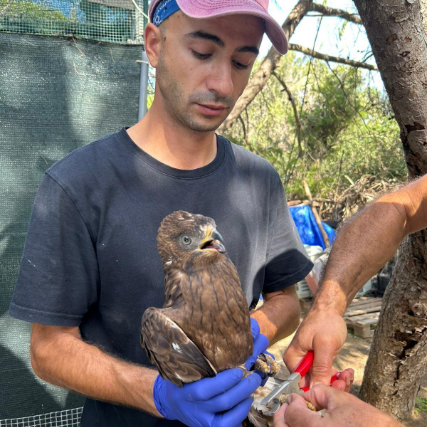
by Anja Finke

LIFE PanPuffinus! Celebrates its Conlusion
After five years of coordinated action across the Mediterranean, the LIFE PanPuffinus! project celebrated its conclusion in Malta. Uniting two government entities and five BirdLife partners from Malta, Portugal, Spain, France, and Greece, this project aimed to protect two of Europe’s most threatened seabirds: the Yelkouan Shearwater (Puffinus yelkouan) and the Balearic Shearwater (Puffinus mauretanicus).
In Malta, LIFE PanPuffinus! implemented the largest local effort to date aimed at studying seabird interactions with fisheries. Through data collection efforts and mitigation measure trials, the project identified practical ways to reduce accidental bycatch, work that has been replicated in Portugal, Spain, France, and Greece. On land, invasive rat control was a key priority. In Malta, rat management at nesting colonies helped safeguard Yelkouan Shearwater nests, while in Greece, complete rat eradication at select colonies resulted in a 79% increase in nesting activity of Yelkouan Shearwaters. The project also placed strong emphasis on community engagement. A number of awareness-raising activities were held, fostering greater understanding of seabird conservation and stewardship of local wildlife.
View LIFE PanPuffinus! Layman’s Report which presents an overview of the project’s objectives, the actions undertaken, and the key achievements. Read our press release in Maltese here and view the Layman’s Report in Maltese here.

BirdLife Malta Hosts the Marine Task Force Meeting
BirdLife Malta was this year’s host of the Marine Task Force Meeting. This gathering is coordinated by BirdLife International and BirdLife Europe and Central Asia, and brings together partners from different European countries with the aim to discuss pertinent marine issues. The agenda this year included discussions about nature restoration, fisheries and marine protection. These meetings are not only a great way of sharing knowledge amongst countries, but they also allows the partners to build a common position on the most current topics being discussed at a regional level and align our priorities.
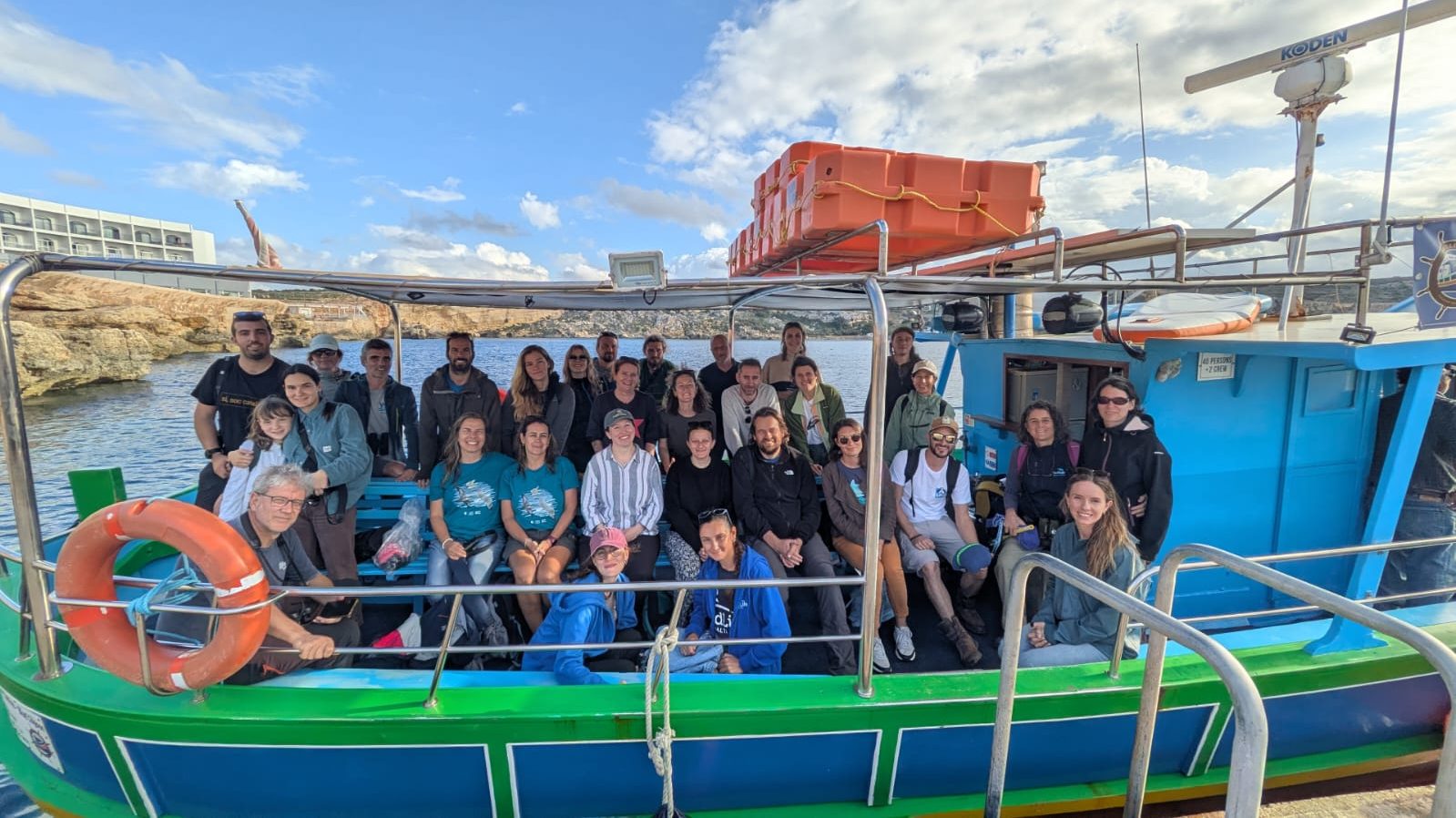
Follow our LIFE PanPuffinus! project on our website and social media!

Salina Nature Reserve
Sightings
At the end of the month, Salina Nature Reserve welcomed a very special group: six Eurasian Spoonbills, highly important migratory birds! Thanks to the ring worn by one of the individuals, we discovered that it had come all the way from Hungary – a young specimen in perfect health!
We also had the pleasure of observing a young Cormorant and a beautiful Black-necked Grebe that fascinated our visitors with its striking red eyes.
October and November are also key months for insects. Thanks to our moth traps, we were able to identify several moth species, taking advantage of their great abundance during this period. They were promptly released after being quickly photographed.
Works
Visitors have not been missing either! The Salt Museum and the Visitor Centre have been filled with curious and enthusiastic guests, who enjoyed relaxing and exploring the wonderful landscape of Salina Nature Reserve.
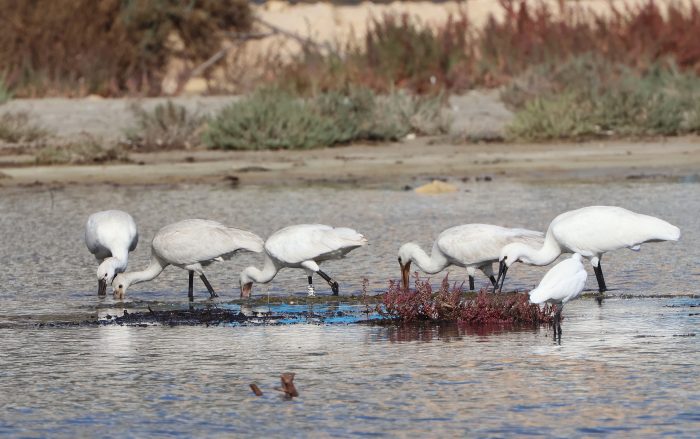
by Mario V. Gauci

by Aron Tanti
Għadira Nature Reserve
Sightings
October brought a good passage of Common Chiffchaffs, which were recorded in good numbers towards the end of the month. Common Starlings, European Robins, Common Stonechats, White Wagtails and Meadow Pipits were recorded daily and migratory flocks of Spanish Sparrows were frequently noted. These are quite different from our local sparrows, being more boldly marked on the flanks and having a particular flight call.
Waders thinned out in number during the month, with only a couple of Common Sandpipers and a Little Ringed Plover present until the end of October. Of particular note were two Grey Plovers that spent a number of days in our reserve. Two Black-necked Grebes and a Little Grebe were recorded daily, as well as Little Egrets and Common Kingfishers.
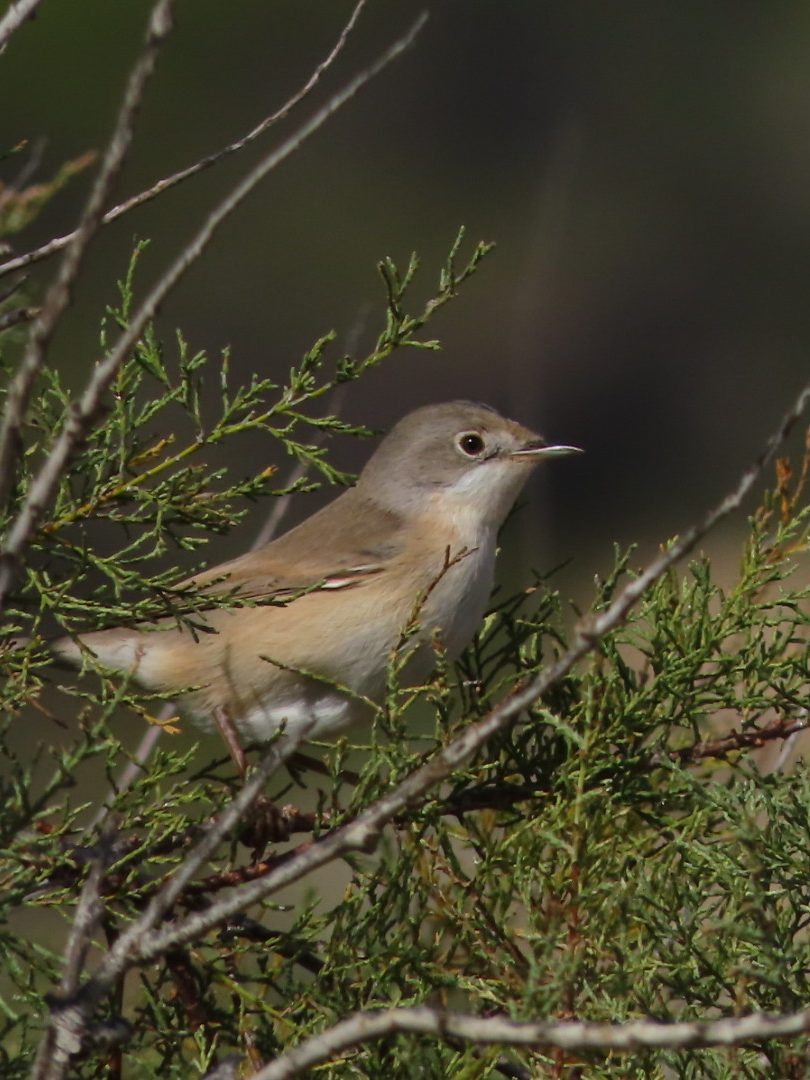
by David Attard
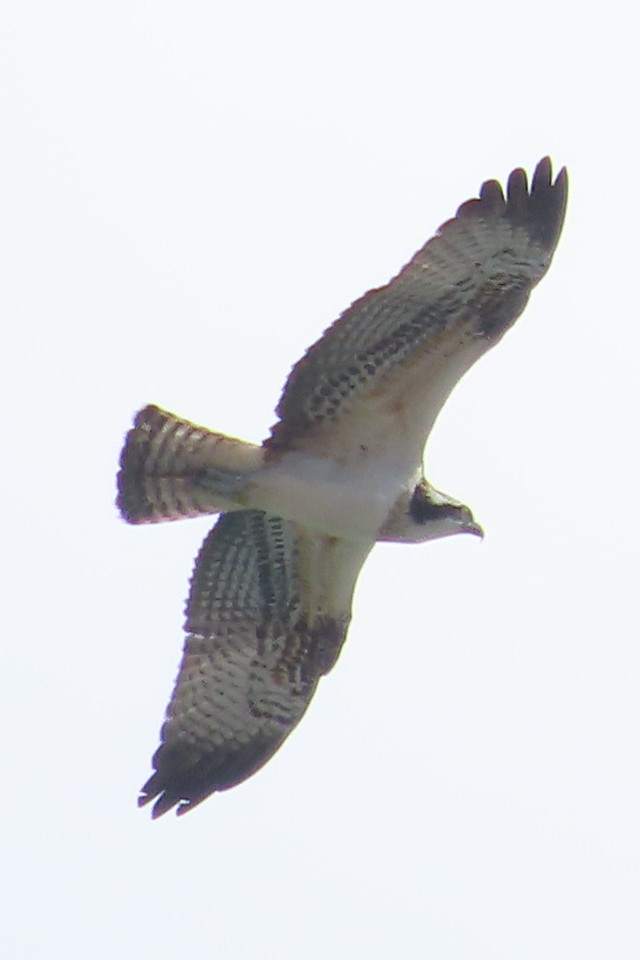
by David Attard

by David Attard
Works
Sand dune restoration work began in the stretch of land bordering the reserve with the Marfa main road. Invasive alien species including Giant Reeds, African Box Thorns and Blue-leaved Acacia trees were uprooted by machinery to make way for sand dune plant species regeneration. A thorough clean-up of rubbish accumulated over the years was carried out, as well as the removal of a vast network of subterranean roots of Giant Reeds. Indigenous species such as the Sharp Rush and Sea Daffodils were left in situ.
Finally, we removed a collapsed tree from a public path of the reserve, and other pruning works were completed on the outer perimeter of the reserve to control excessive shrubbery from invading surrounding country lanes.
Simar Nature Reserve
Sightings
Wintering birds continued to arrive in good numbers. Most of them are settling down to spend the next few months in the reserve, especially the wetland species. Common Coot numbers are gradually building up, already reaching 12. Western Water Rail numbers are still low but a few of them could be heard from within the vegetation. A few Common Teals have been present on most days, whilst a Northern Pintail is seemingly prepared to winter here.
Two Little Grebes also appeared, already engaging in their characteristic call. Common Kingfishers are also present in quite good numbers whilst a few Common Sandpipers could still be seen feeding on the island’s fringes. Common Snipes are occasionally spotted, and a good number of Common Moorhens – both migratory and resident – are present throughout the wetland. A few Grey Herons often visited the reserve spending time feeding on a wide variety of prey including fish, crustaceans and aquatic insects. Little Egrets visited daily, as well as a few Black-crowned Night-herons. The first Great Cormorant also arrived!
The number of trans-Saharan migrants continued to dwindle, including Willow Warblers, Garden Warblers, and Common Reed-warblers. Of note was a Common Redstart carrying an Italian ring. Also a very late Green Sandpiper spent a few days feeding in the wetland. On the other hand European Robins, Eurasian Blackcaps and Common Chiffchaffs started arriving in good numbers, whilst the highly elusive Moustached Warbler was also recorded. Song Thrushes also began to arrive too as the first Common Stonechats.

by Charles Coleiro
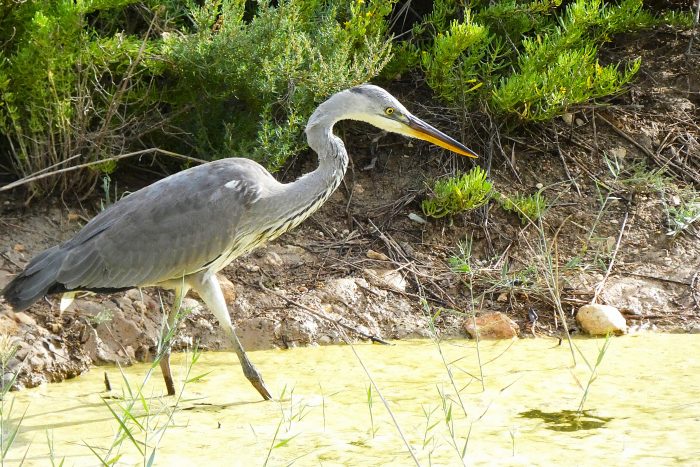
by Charles Coleiro
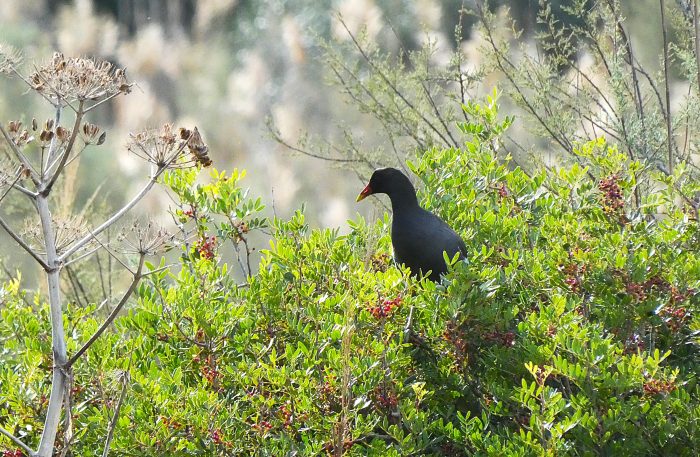
by Charles Coleiro
Foresta 2000
Sightings
Last month at Foresta 2000 marked the true shift from summer to autumn. Cooler days and occasional showers brought a welcome freshness to the reserve, encouraging new growth and livelier wildlife activity. Across the landscape, young trees and shrubs showed clear signs of regeneration after the dry summer, adding soft touches of green once again.
Migratory birds continued to pass through, with flocks of Swallows and Northern House Martins seen swooping gracefully overhead before heading south. Common Kestrels and Western Marsh-harriers were spotted patrolling the skies, while European Robins and Meadow Pipits joined the growing number of winter visitors now settling into the area. The cheerful calls of Common Chaffinches and clouds of Common Starlings added movement and song to the woodland and open areas.
Among the insects, the resilient Clouded Yellow butterfly was still on the wing, joined by the striking Red-veined Darter dragonfly – a vibrant splash of colour over the autumn meadows! Chameleons also remained active, enjoying the warm afternoons before the cooler months ahead.
The garigue and open slopes were dotted with hardy autumn flora, including the Ground Thistle (Xewk tal-Mixta). It is a highly toxic plant, with most of its poison concentrated in a gum found in the root. Eating the root can cause nausea, vomiting, abdominal pains, convulsions and coma. There have been many cases of people dying after eating parts of the plant.
Works
This month’s efforts focused on regular clean-ups and continued maintenance of the walking paths to ensure safe access for visitors during the busy school visit season.

by Aron Tanti

by James Aquilina
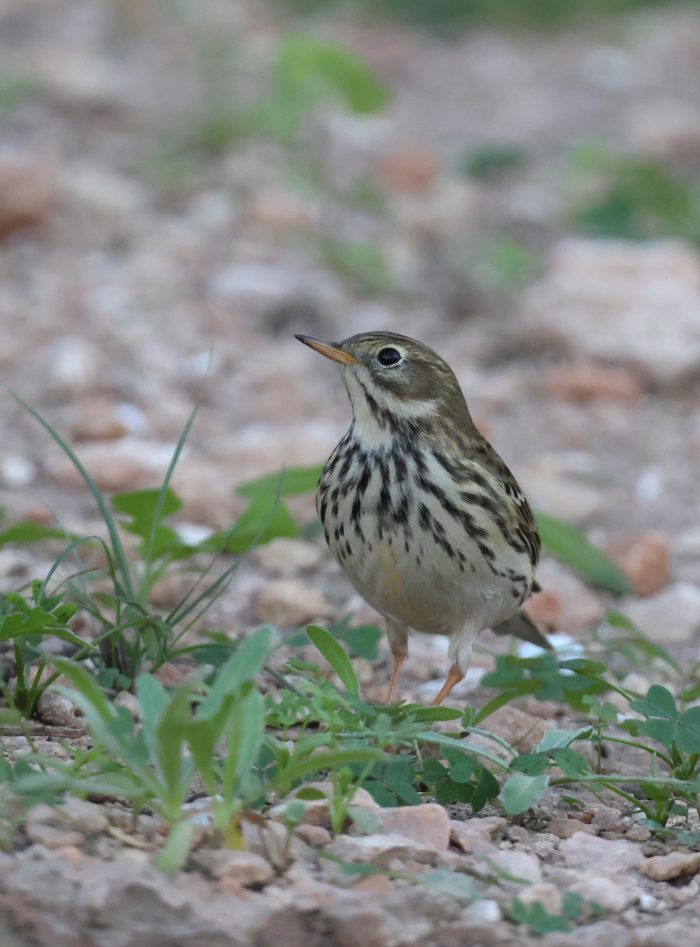
by Aron Tanti

New Travellers Passing Through Malta!
This month brings the last long-distance migrants – which will spend the winter south of the Sahara Desert – and the first short-distance migrants – which will spend the winter around the Mediterranean.
The migration of birds of prey slowed down but still brought a few highlights. These included a Short-toed Snake-eagle and a few Eurasian Buzzard, as well as two Saker Falcons. Although Saker Falcons occur annually in very small numbers, but this was the first time two of these rare and endangered birds were seen together in Malta.
A handful of storks also showed up – two Black Storks and three White Storks. One of the latter was bearing a colour-ring, thus allowing us to trace its origin to Udine, in the north of Italy.
Another highlight of this month was a young Rufous-tailed Rock-thrush, which spent several days in the Buskett area in early October. Although this species occurs relatively frequently in spring, sightings in autumn are more rare.
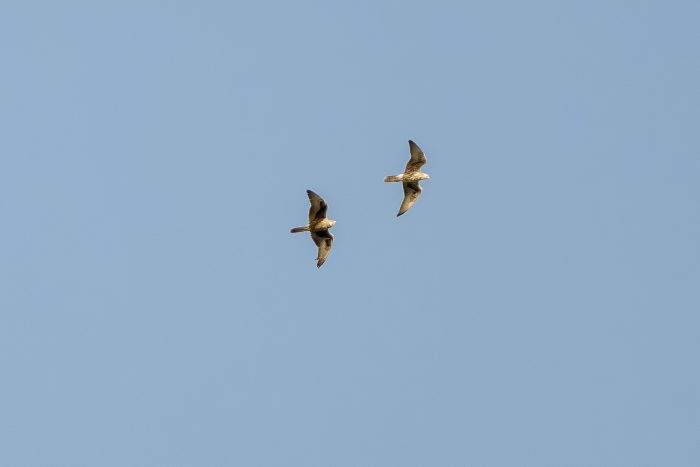
by Kevin Gambin
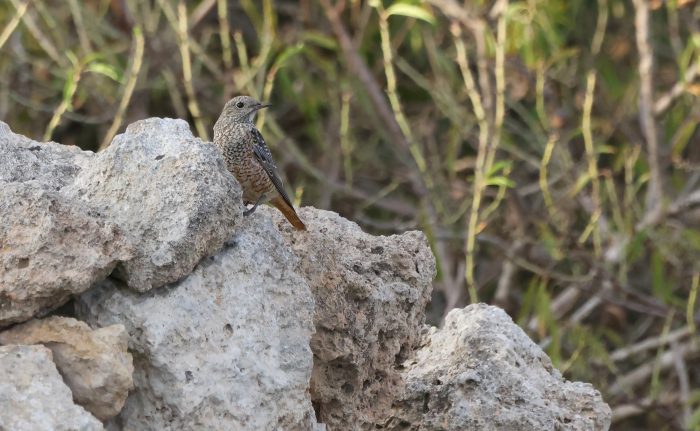
by Aron Tanti
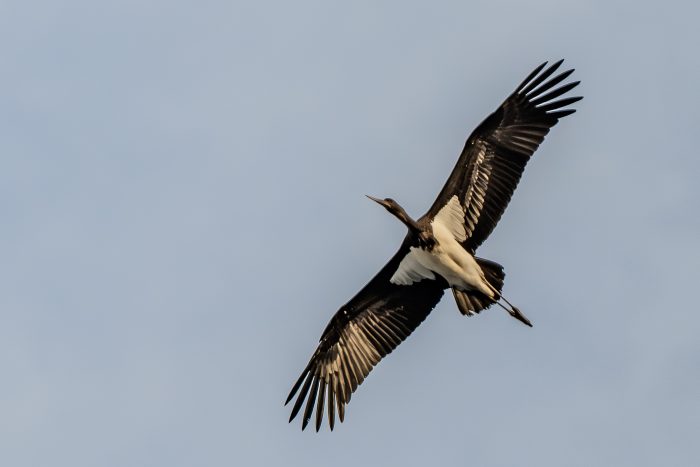
by Kevin Gambin
Mid-October onwards brought increasing numbers of short-distance migrants such as European Robins, Song Thrushes, Meadow Pipits and White Wagtails. Overall numbers of these migrants remained quite low but picked up towards the end of the month.
As usual, October brought a few rarities originating from Central and Eastern Asia, which end up in Malta accidentally either through navigational errors or through inclement weather. Ringing efforts produced a few of such vagrants, including a handful of Yellow-browed Warblers and an Olive-backed Pipit. The biggest highlights were the 9th Eyebrowed Thrush and the 1st Steppe Grey Shrike ever recorded in Malta!
Finally, a Dartford Warbler was also ringed towards the end of the month. This species is a very scarce migrant and wintering bird in Malta.

by Nicholas Galea

by Mark Bonello

Blooming Schools!
Do you remember Blooming Schools? This Erasmus+ funded project coordinated by BirdLife Malta has been awarded the European Innovative Teaching Award 2025 under the category of School Education!
This recognition celebrates the project’s success in bringing biodiversity into schools through the creation of wildlife-friendly gardens, empowering middle and secondary students to learn by doing and become active environmental citizens.
Congratulations to our partners involved for this well-deserved achievement: Friends of the Earth Malta, St Nicholas College Dingli Secondary, SPEA – BirdLife Portugal Agrupamento de Escolas de Portela e Moscavide in Portugal, Hellenic Ornithological Society and Station Europe in Romania!
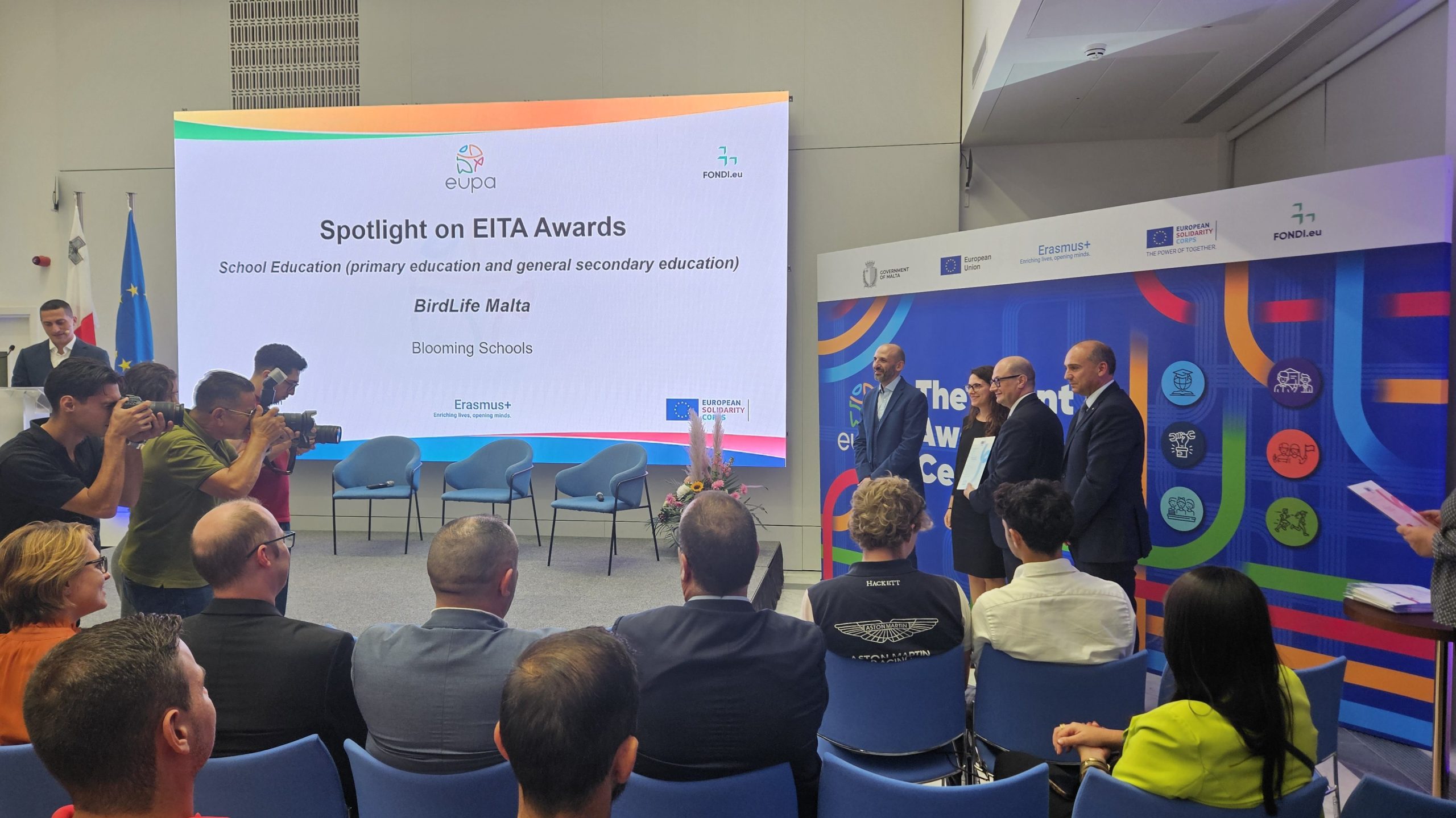
Nature Walk: Mistra & Selmun
The Events & Activities Committee took advantage of the last sunny weekend of October to organize a morning nature walk. We met at the beautiful Mistra Bay and headed uphill towards Mistra Battery, after which we followed the coastline while enjoying the scenic views of St. Paul’s islands. Undeterred by the heat, the group continued cheerfully towards the ruins of Fort Campbell and finished the walk by circling back to the starting point via Selmun.
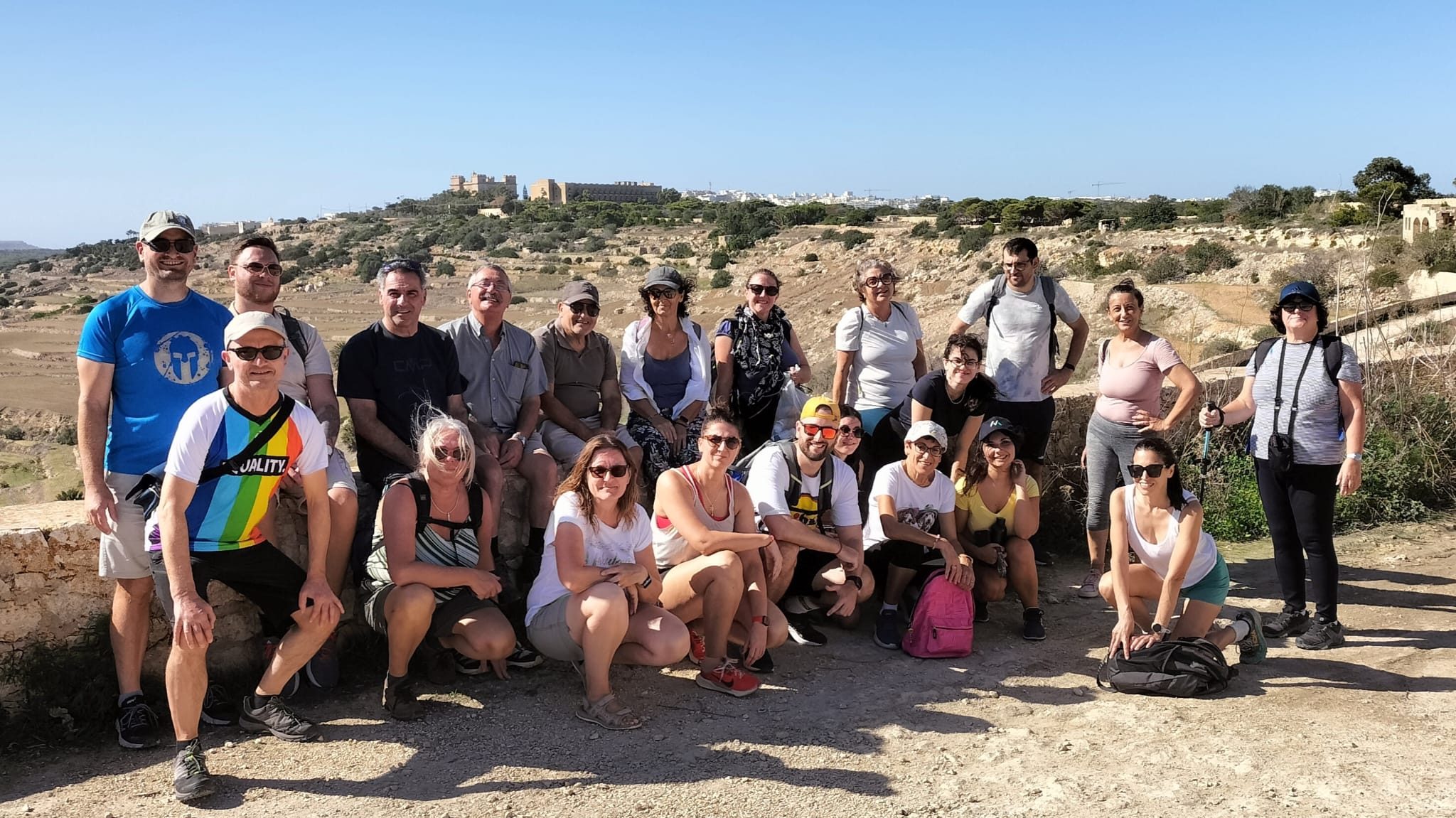
Spooky Walk with Falko
Trick or treat? On 31 October, our Falko Youth Group hosted a spooky hike, during which the participants tested their courage by walking in the dark at Foresta 2000. The participants were treated to exciting sightings of chameleons and had the chance to use the bat detector, which allowed them to hear the otherwise inaudible (for human ears) calls of bats!
Know someone aged 16–25 who loves nature? They can join our youth group by registering here.
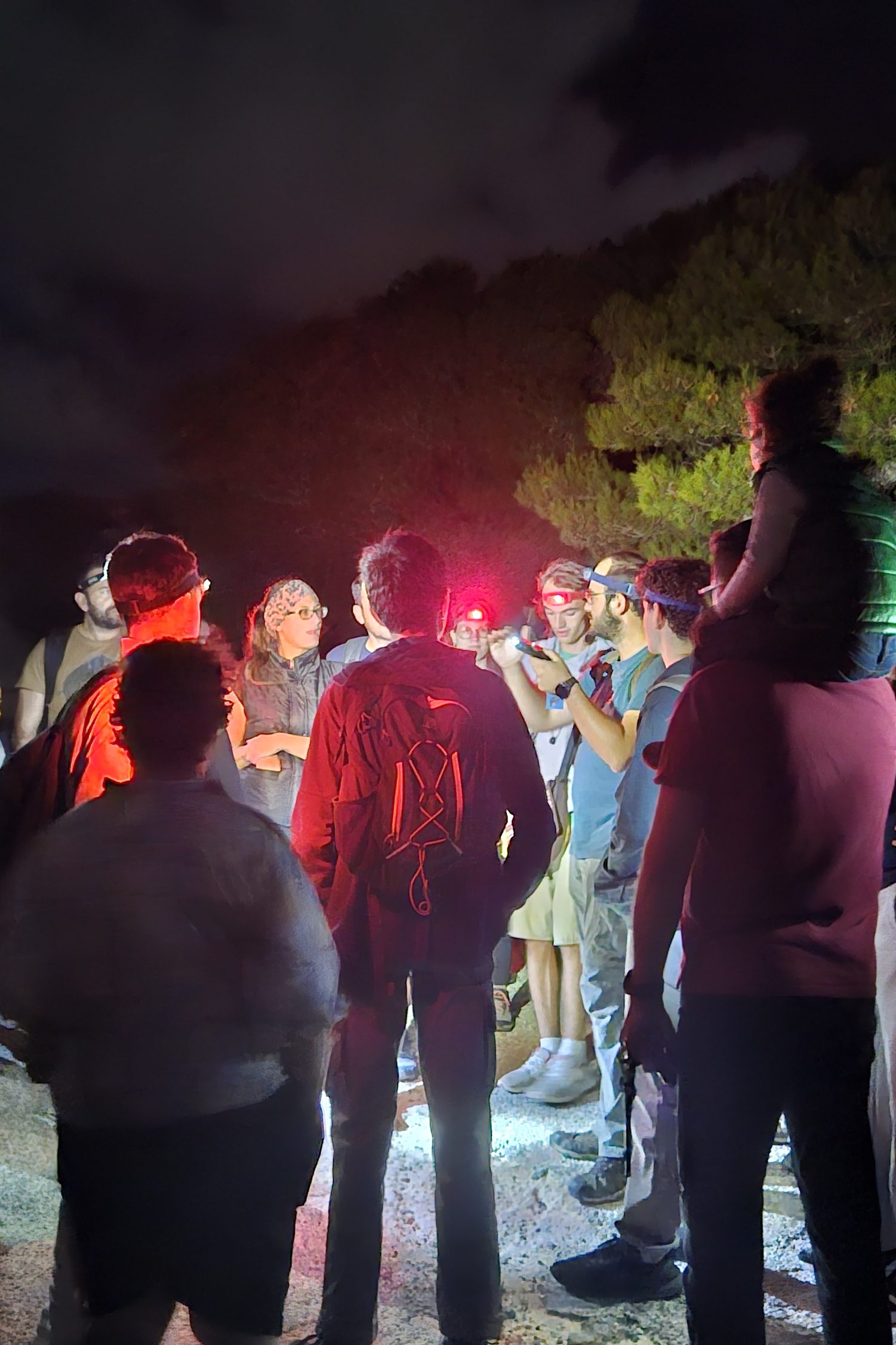
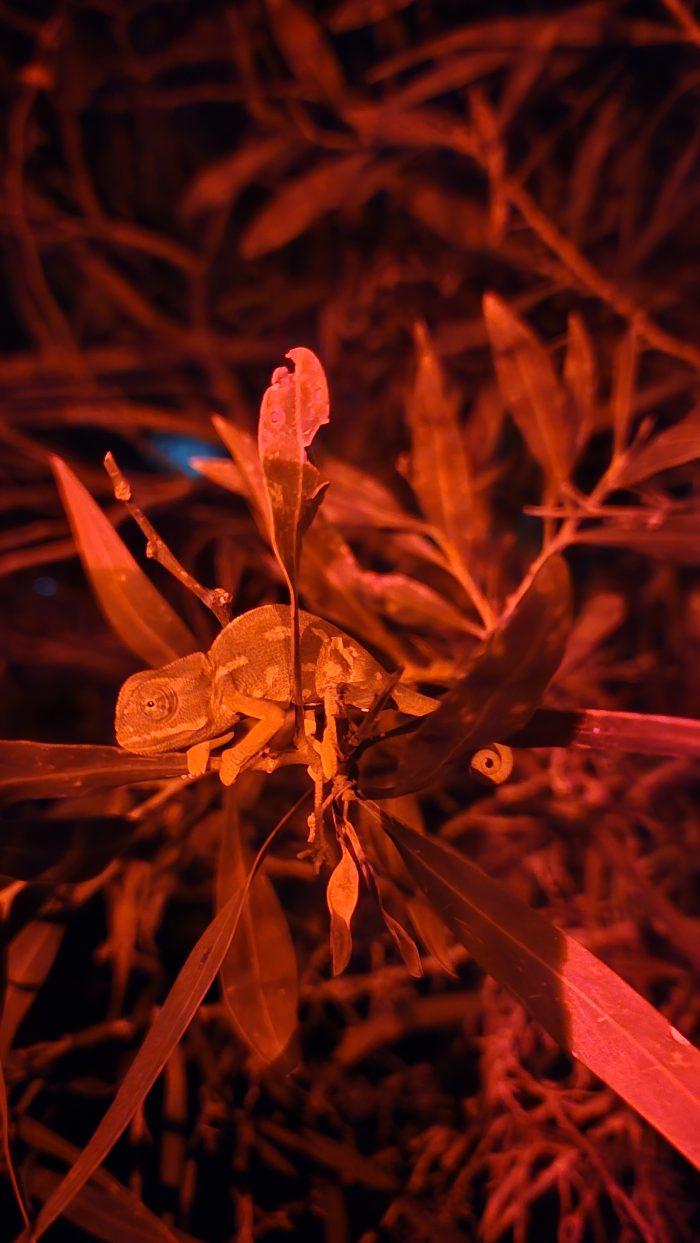
New Scholastic Year, New Dinja Waħda Submissions!
The new school year has got off to a great start, with 19 schools already submitting 83 activities as part of our environmental education programme, Dinja Waħda. May this also be a year of discovery and wonder for the nature that surrounds us! In the words of the children: let’s explore!
Are you a teacher interested in Dinja Waħda? We’d love to hear from you at [email protected].
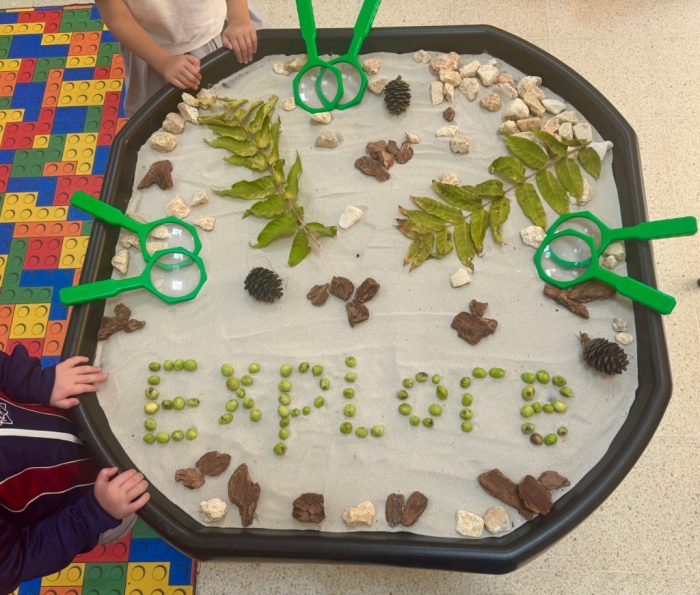
Credits
Text: David Attard, Charles Coleiro, Francesco Dal Colle, Iacopo Tito Gallizioli, Sara Melfi, Stefano Miceli, Manya Russo, Nadia Sodano, Vera Tokmakova, BirdLife Malta
Photographs: James Aquilina, David Attard, Mark Bonello, Kirsten Carter, Bernadette Chircop, Charles, Coleiro, Anja Finke, Nicholas Galea, Kevin Gambin, Mario V. Gauci, Marcella Giornetti, Stefania Papadopol, Aron Tanti, BirdLife Malta
Editing: Nadia Sodano
